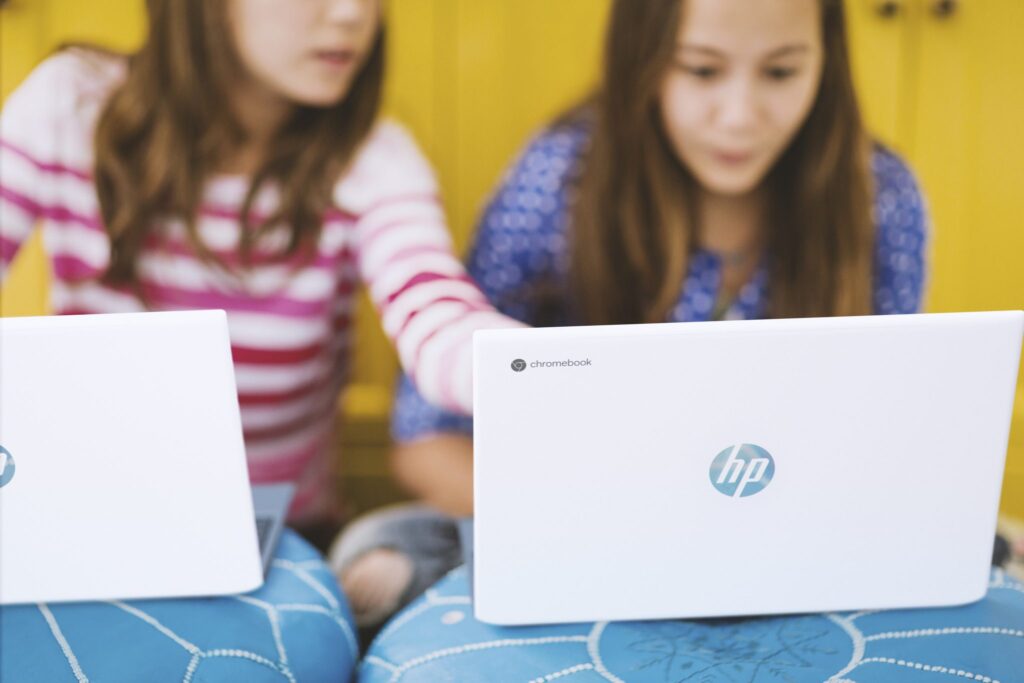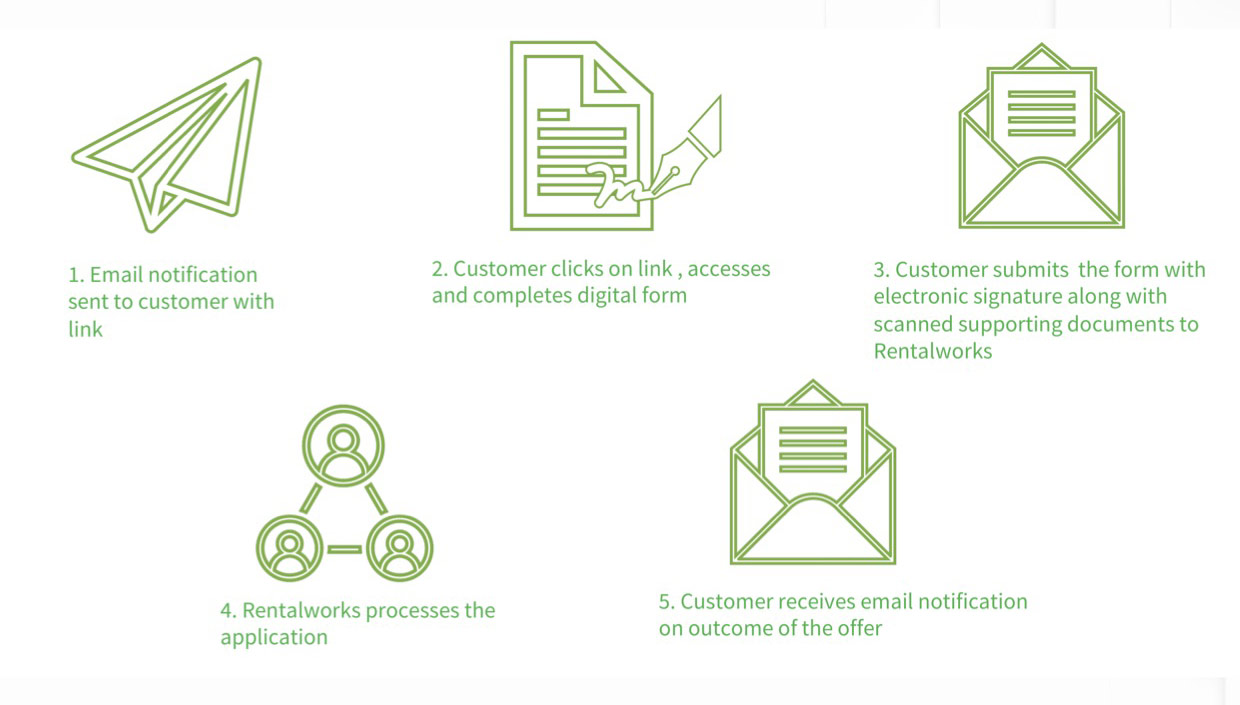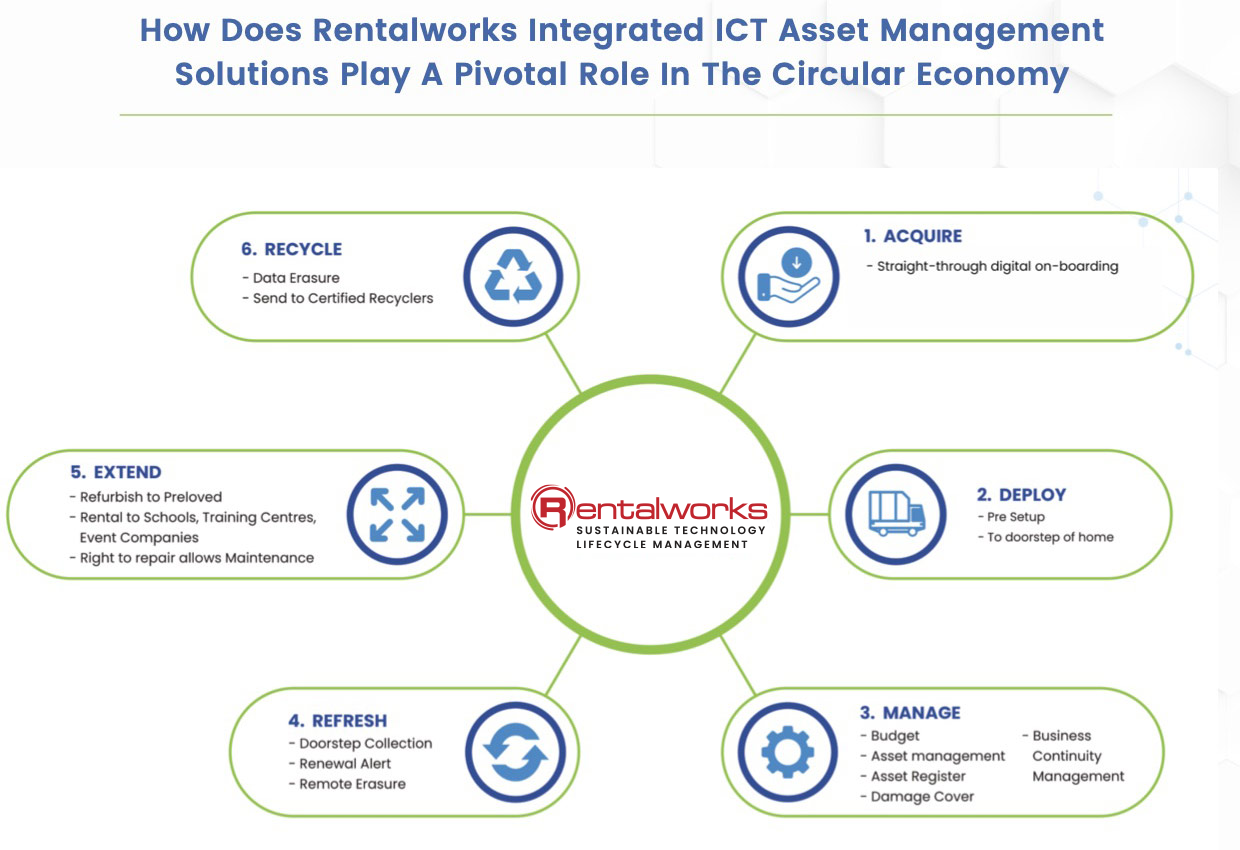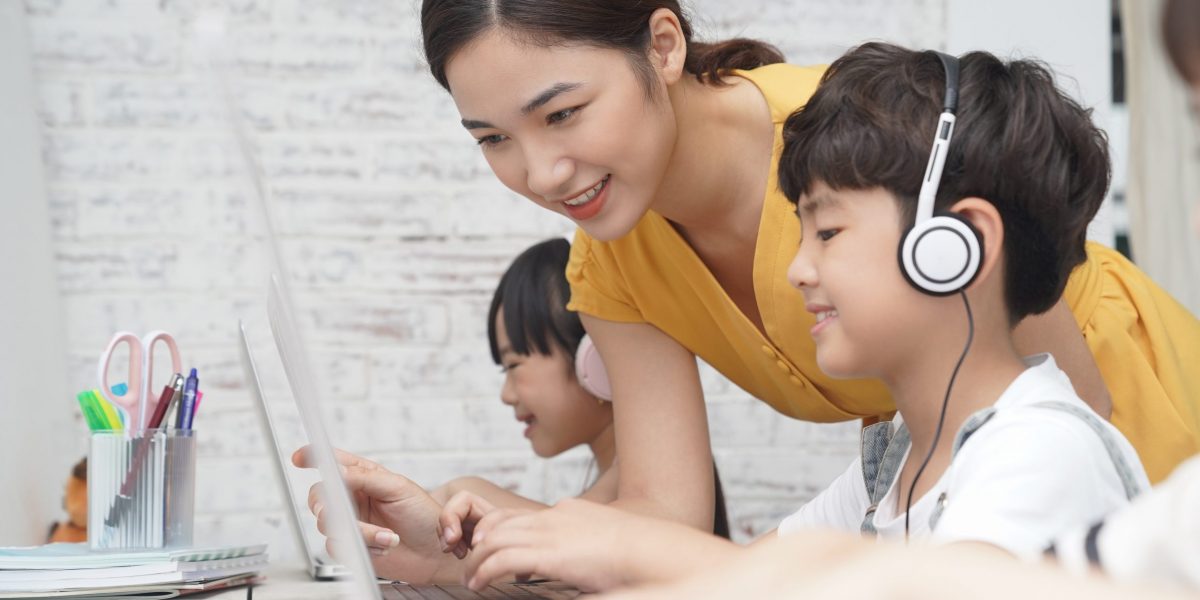Telecommuting A New Normal…Benefits & Challenges
Digitalisation efforts have been accelerated tremendously the past one year due to COVID-19. Many businesses have brought forward their digitalisation plans and efforts in order to adapt to the new normal business landscape. Banks ramped up digitization efforts with expanded digital payment tools/channels, shopping malls begun enabling online stores complementing footfall traffic which has taken a dip with lock-downs and social distancing measures coupled with schools pivoting to online lessons.
One such common theme of the digitalisation effort is remote collaboration or more commonly known as telecommuting. It is without a doubt that hybrid work environment seems to be here for the long haul, businesses nowadays are leveraging on online meeting and collaboration tools such as Microsoft Teams to communicate and deploy cloud based storage to share files real time and remotely.
The trend in pivoting towards telecommuting indeed brings many advantages such as :
- Increased productivity – With social distancing rules still in place in many locales, virtual collaboration tools allow employees to collaborate remotely in real-time. Hosting online meetings or webinars, making calls, chats, sharing files, and collaborate in real time allows employers to continue to operate with minimal disruptions and at same time be connected with employees and clients remotely or onsite.
- Costs Savings. Many financial savings can be derived from telecommuting. With telecommuting, transportation costs ( for both employees and employers ) will be reduced – meetings are hosted online and employees need not commute to work nor to clients’ workplaces. Further, companies will see reduction in operating expenses such as office rentals, utilities and supplies of stationeries. Another plus point is that most online collaborative platforms provide functionalities such as cloud storage at cost effective rates.
- Interactions and communications. Remote collaboration platforms such as Microsoft 365, Skype provide a central hub to communicate with colleagues. The best collaboration and community platforms connect employees, giving them a place to chat, discuss, leave feedback and suggestions – enabling effective and unified interactions and ease of communications.
- Increased cross-cultural awareness. Global and regional companies are now able to engage with teams from different countries at the same time. Companies are no longer restricted by travel budgets limited to one or two company personnel as the representatives in regional/global meetings for example. Telecommuting allows communications across regions, countries from any levels – not just C-suites. This would through time improve synergy, cross-cultural awareness across all levels within the company; extending leaders and employees the information, skills and confidence to successfully collaborate and conduct business across cultural boundaries.
Telecommuting has its own set of challenges too. Some of the challenges are:
- Striking a balance – Working-from-home requires discipline – discipline in knowing how to manage distractions in the home for example children requiring attention. In addition some may find it hard to switch-off from work taking a toll on family life.
- Feeling isolated – Individuals who are extrovert in nature, particularly, may feel isolated from colleagues, clients or even strangers ( ‘bumping’ into commuters in public transportations for example). Lack of face-to-face social interactions may lead to depressions resulting in reduced productivity.
Companies certainly need to find an optimum balance between on-site and remote working arrangement – a balance that ensures productivity is not at stake and employees are not burned out. Be it a hybrid model or an environment that adopts telecommuting holistically it is without a doubt remote collaboration platforms and compatible IT devices are key components in ensuring sustainable uninterrupted business operations.
Article by:
Lisa C.













